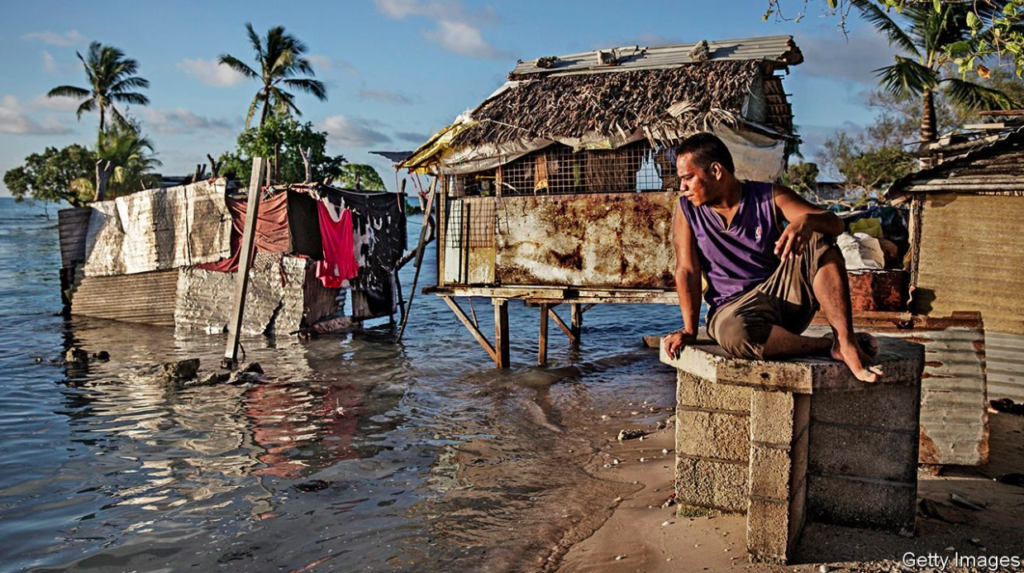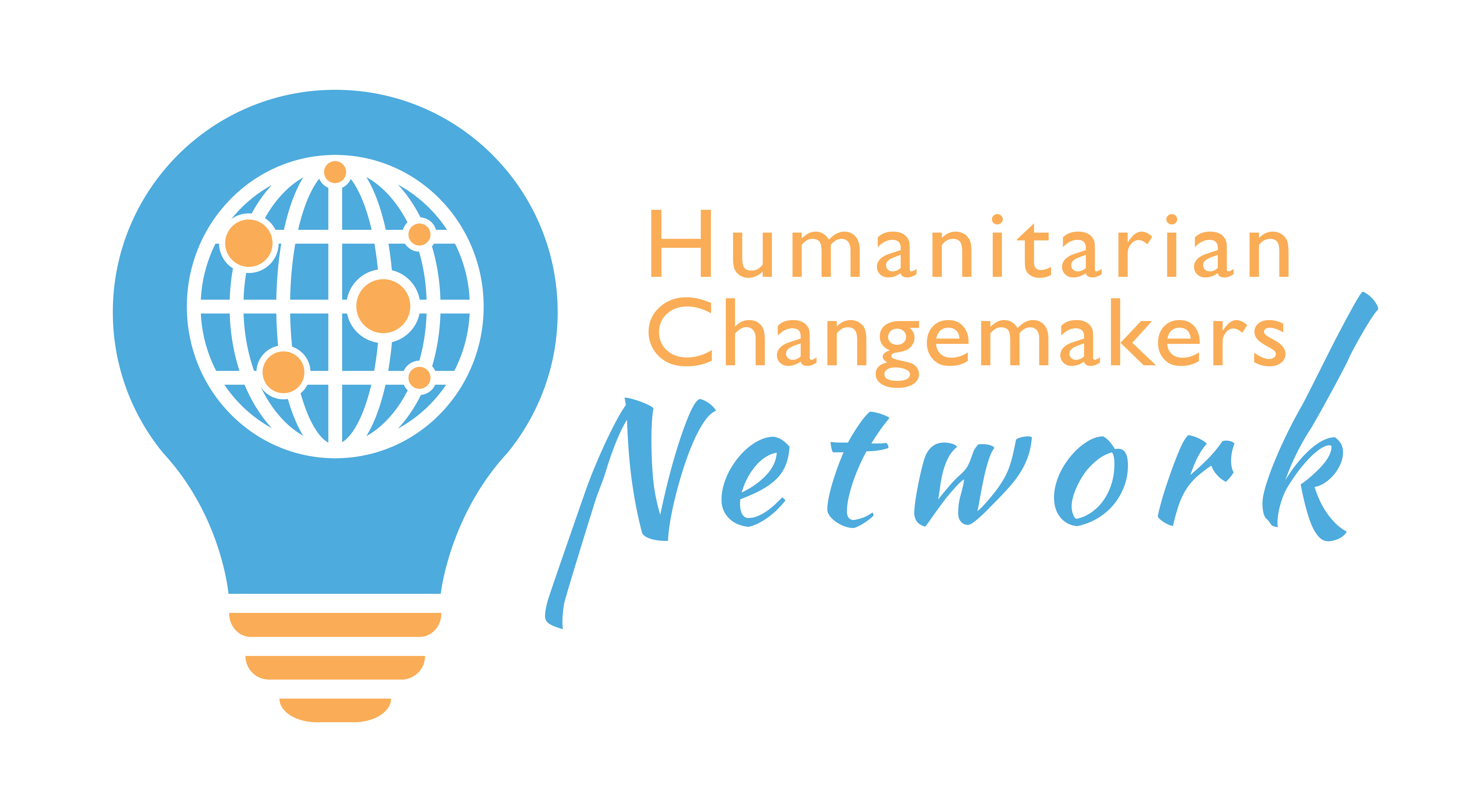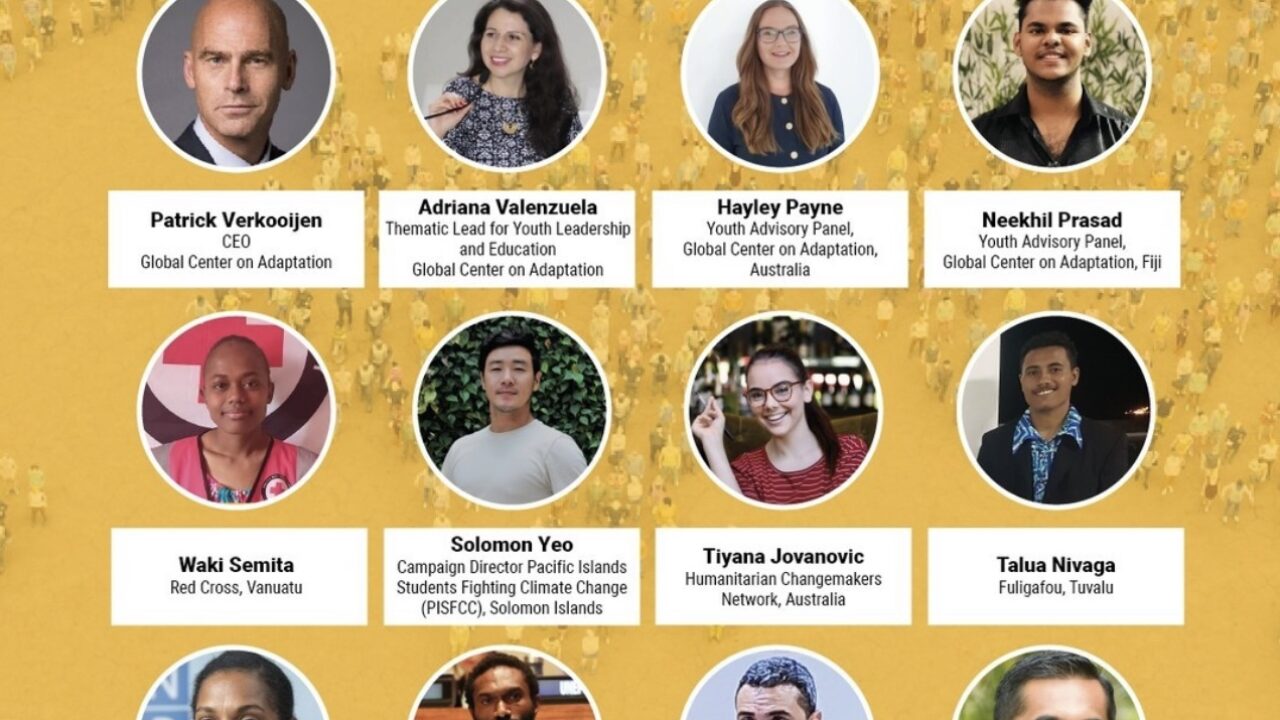Launching our transmedia storymaking experience at the Pacific Youth Adaptation Forum
Recently, our founder Tiyana J was invited to present at the Pacific Youth Adaptation Forum, an online event bringing together youth leaders from across the Pacific Islans, aimed at ensuring youth voices from the region are present, heard and considered in the climate adaptation agenda. As young Australians, Tiyana highlighted that we need to be using our people power and supporting the work that’s being done here in places like the Torres Strait, and in Indigenous communities, as well as our neighbours in the Pacific.
“First and foremost, I think that adaptation needs the happen at the local level— we can’t be coming at from our own cultural context— no one knows the local context better than locals, so we need to focus on supporting local communities in their own adaptation efforts, and ensuring that they are empowered to make decisions about their own communities” she says.
Tiyana highlights that Australia likes to position itself as a leader within the pacific, but this isn’t matched with action.
“I would say we firstly need to increase our foreign aid budget— as part of Agenda 2030 and the SDGs we agreed to commit to 0.7% of our gross national income GNI— which for 2021–22 is sitting at to 0.21% (which is pathetic, there are developing countries that give more of their GNI in foreign aid than what we do). That’s the bare minimum— I think we also need to reframe the way we do humanitarian work or international development, and move away from this old and outdated model that we have where big NGOs come in and lead projects and implement these grand solutions, and it’s not what the local communities really need, and they probably could have implemented their own solutions using local knowledge with a fraction of the funding and resources.”

Youth-lead Solutions
Part of the event was to highlight youth-lead solutions, and Tiyana was invited to share the launch of our new HCN climate-focused project, The Climate Files.
“The role of storytelling can’t be overlooked, especially when it comes to climate change adaptation: as humans, we think in stories. We don’t think in facts or figures and statistics right— they might help us to make sense or contextualise things— but when we think about the future, or think back to our past, we imagine it as a story playing out in our head, we don’t think back and see a bunch of facts and figures. As humans, as much as we like to think we are logical beings that will be moved and motivated by facts and statistics, and empirical evidence, above all we will be motivated by emotive stories.”
The Climate Files is a web-based experience HCN is currently building, that will launch in the second half of 2022.
The Climate Files is a transmedia speculative future experience, using storymaking as a tool to imagine what possible futures might exist if we don’t take urgent action to address the climate crisis. It’s the year 2050, and you have just been given access to The Climate Files, a collection of evidence from changemakers working across the humanitarian and social change space that was collated between the years 2020 and 2050.


The types of evidence found in the files includes photos, news reports, personal stories, and more, all of which set out to prove that despite our best efforts, big corporations, governments, and decision-makers refused to listen to the evidence and do enough to address the climate crisis.
“The files are organised in chronological order; beginning with the 2020’s, followed by the 30’s, 40′ and 50’s. While the evidence from 2030-2050 is made of speculative fiction pieces that suggest what the future might look if we don’t take action… speculative fiction for the climate crisis is becoming an increasing popular in literature and films… “cli-fi” is literally its own sub-genre now, and 5, 10 years ago that was definitely not a thing, and I think it’s fascinating to see how the climate crisis is so prevalent that it’s literally made its way into popular culture.”
The Climate Files sets out to highlight both the action being taken to mitigate to climate change, and the type of world we will need to adapt to if we don’t act soon enough.
Why Climate Adaptation
Climate change adaptation is different to mitigation in a number of ways. Firstly, adaptation refers to the changes we make to our lifestyles and habits in order to cope with the effects of climate change, whereas mitigation refers to the actions we take to reduce our greenhouse gas emissions and slow down the process of climate change. Secondly, adaptation is focused on the here and now, on making sure we are prepared for the impact of climate change in the future, whereas mitigation is focused on long-term solutions that will reduce the overall impact of climate change. Finally, adaptation is about coping with the effects of climate change that we cannot avoid, whereas mitigation is about taking action to avoid those effects altogether. In short, mitigation is about prevention and adaptation is about preparation.
As the effects of climate change become more and more apparent, it is important that we start taking steps to adapt. And one of the most important groups that we need to engage in this process is young people. They are the future, after all. But why is it so important to involve young people in climate change adaptation? For one thing, they have a lot to lose if we don’t take action. The effects of climate change will be felt more keenly by future generations, and so it is important that they are involved in the decision-making process. Additionally, young people are often more open to new ideas and ways of thinking. They can help us to come up with innovative solutions to the challenges posed by climate change. And finally, engaging young people in climate change adaptation can help to create a sense of ownership and responsibility. This is vital if we are going to create a sustainable future for all.
Climate change is one of the most pressing issues facing the world today, and the Pacific Islands are particularly vulnerable to its effects. rising sea levels, increased storm activity, and changes in rainfall patterns are all likely to have a devastating impact on the region. This is why climate change adaptation is so important for the Pacific Islands. By taking steps to mitigate the effects of climate change, the people of the Pacific can ensure that their homes and livelihoods are not drowned by rising seas or swept away by powerful storms. In addition, climate change adaptation can help to protect the unique environment of the Pacific Islands, ensuring that future generations will be able to enjoy its beauty and biodiversity.
The Pacific Youth Adaptation Forum was aimed at ensuring youth voices from the region are present, heard and considered in the adaptation agenda, including in the review of the Global Goal on Adaptation.




